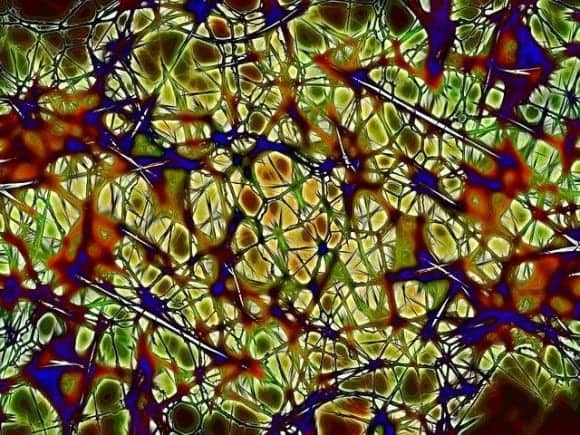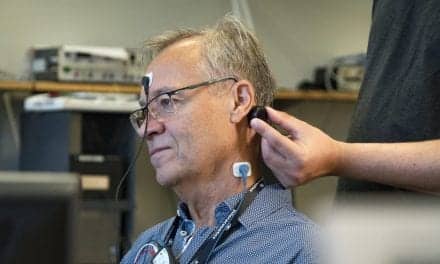Researchers at Dartmouth College, Hanover, NH, have found direct evidence showing that the vestibular system’s horizontal canals play a key role in sensing our direction to help us navigate the environment.

In studying head direction cells and other neurons, Dartmouth researchers have found evidence showing how the vestibular system’s horizontal canals play a role in sensing our direction in the environment. (Credit: Dartmouth College)
According to an article published in the January 20, 2016 edition of The Journal of Neuroscience, the Dartmouth study explains the specific brain activity that helps us to get around and that is impaired by trauma, stroke, and neurodegenerative diseases.
“Knowing what direction you’re facing, your location, how to navigate our environment, and your spatial orientation at any given moment is fundamental to survival,” said senior study author Jeffrey Taube, PhD, Psychological and Brain Sciences, Dartmouth College.
The study authors explain that the vestibular (balance) system consists of otolith organs and semicircular canals in each ear that provide sensory information about motion, balance and spatial orientation, allowing us to establish our location and direction and to navigate our environment. A number of cell types in the brain respond in relation to where you are (place cells) and your perceived directional heading (head direction cells, which fire when an animal faces a particular direction). A third cell type (grid cells) is activated in relation to multiple scenarios in the environment. Previous studies have shown that vestibular information is critical for generating the head direction signal, but have not confirmed whether information from all three semicircular canals or just the horizontal canals, which are primarily sensitive to horizontal head rotation, are critical for the head direction signal.
The Dartmouth researchers wanted to investigate how head direction cells generate their activity. The team monitored brain cells in mice that have a mutant gene that prevents their vestibular system from developing properly. The specific part of the vestibular system that is affected is responsible for sensing how you are rotating or turning in the horizontal plane. The researchers found that these mutant mice had abnormal head direction cells, which no longer fired in a directional manner.
According to Taube, the study findings suggest that the absence of normal horizontal canals in the vestibular system results in an inability to control the network properly and brings about an unstable head direction signal. The findings are considered important for two reasons: they confirm previous theoretical views that this portion of the vestibular system is important for generating the head direction cell signal, and they show how the neural network, as a whole, functions in this brain area.
Source: Dartmouth
Image credit: Jeffrey Taube; Dartmouth College






